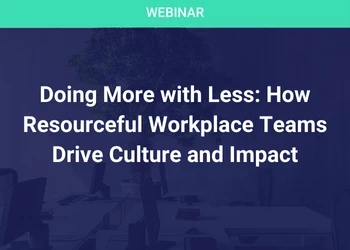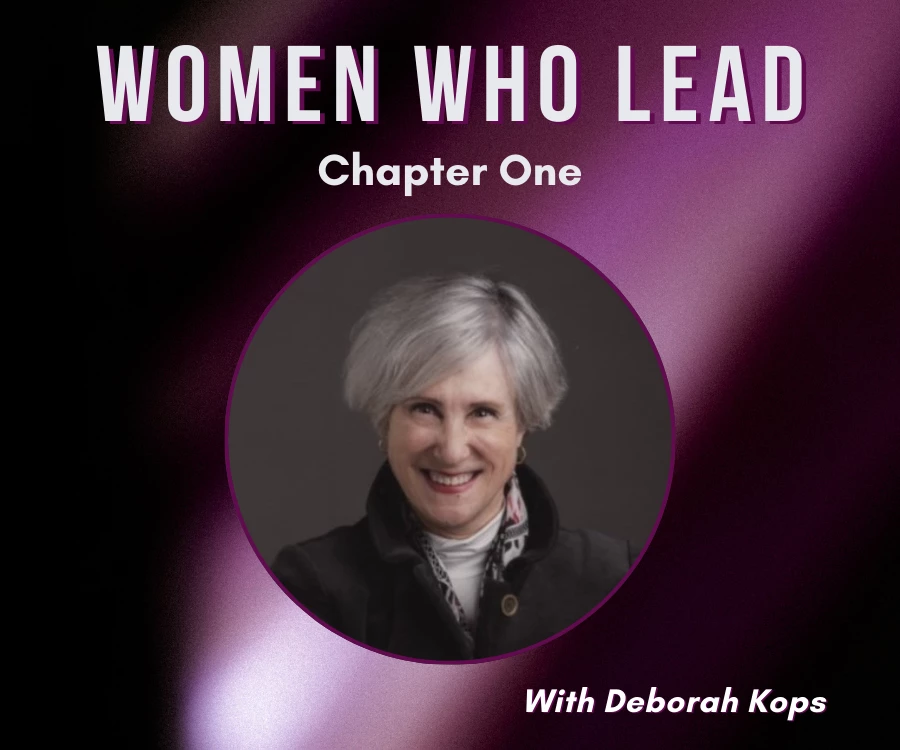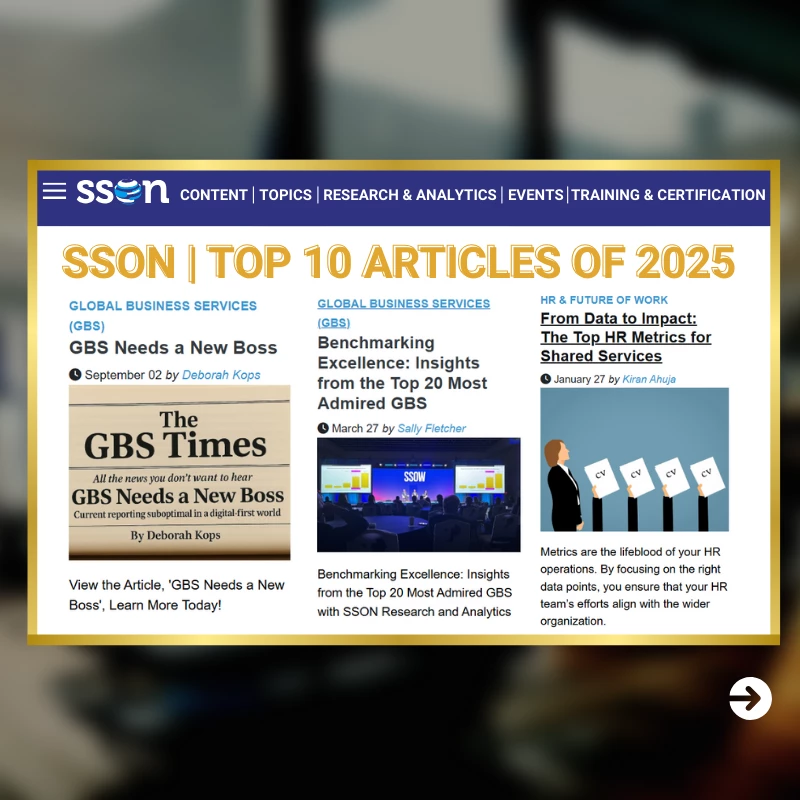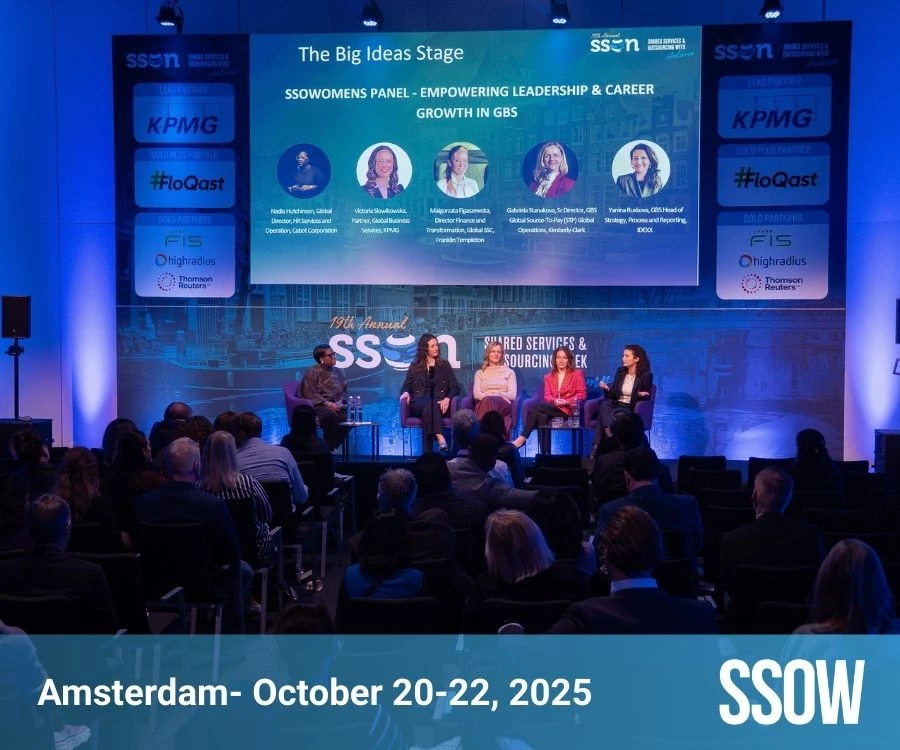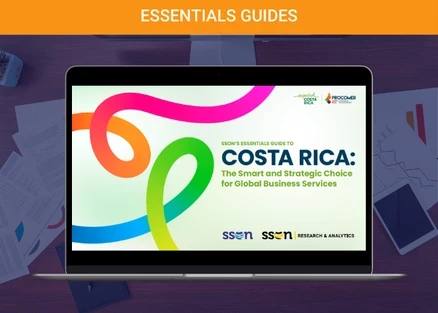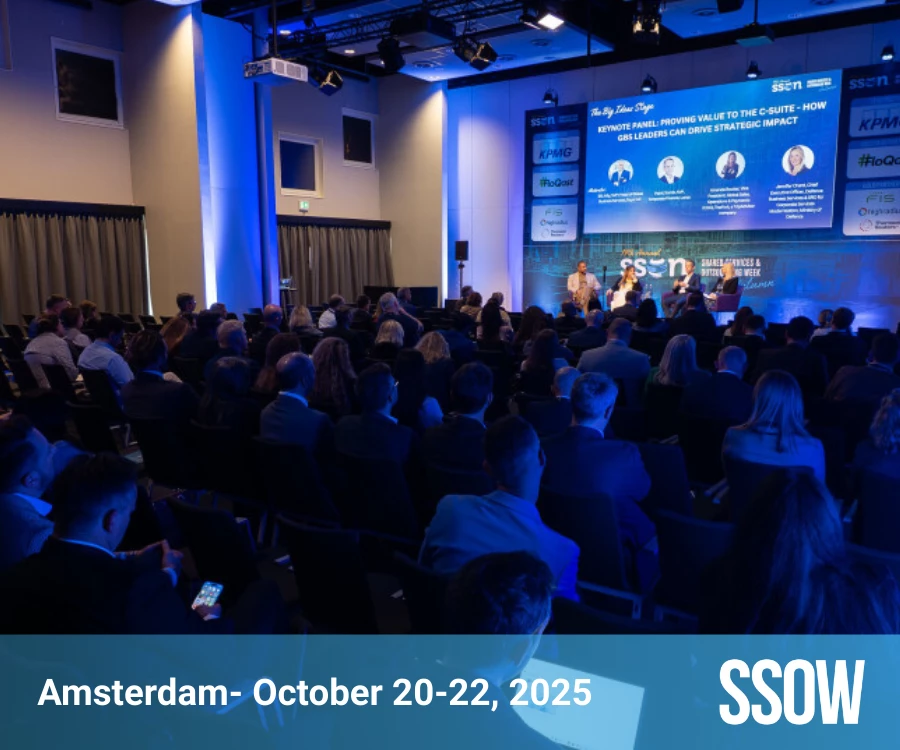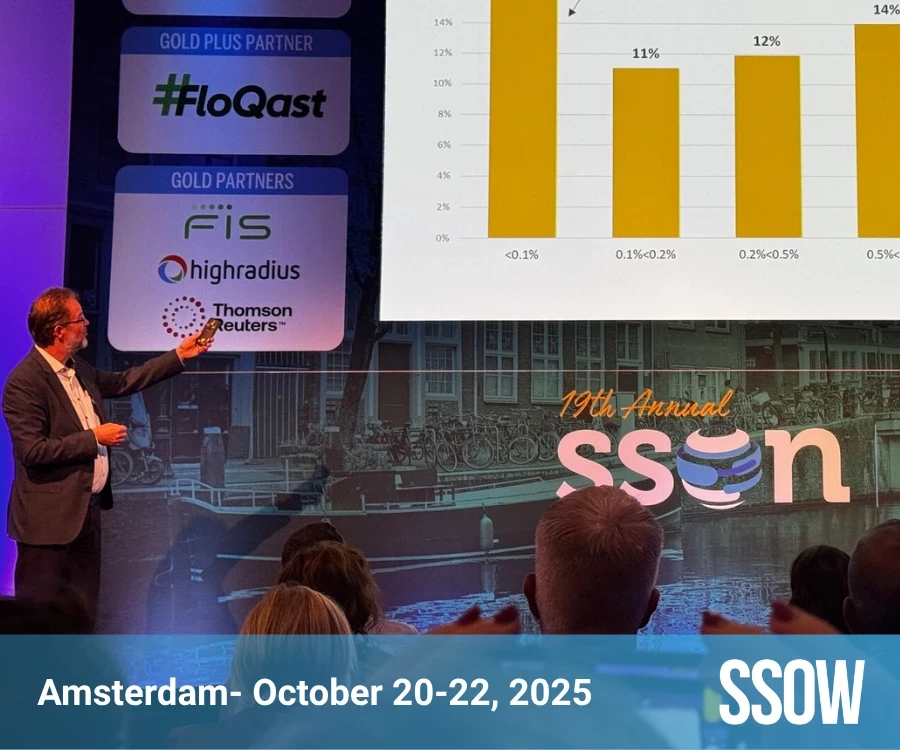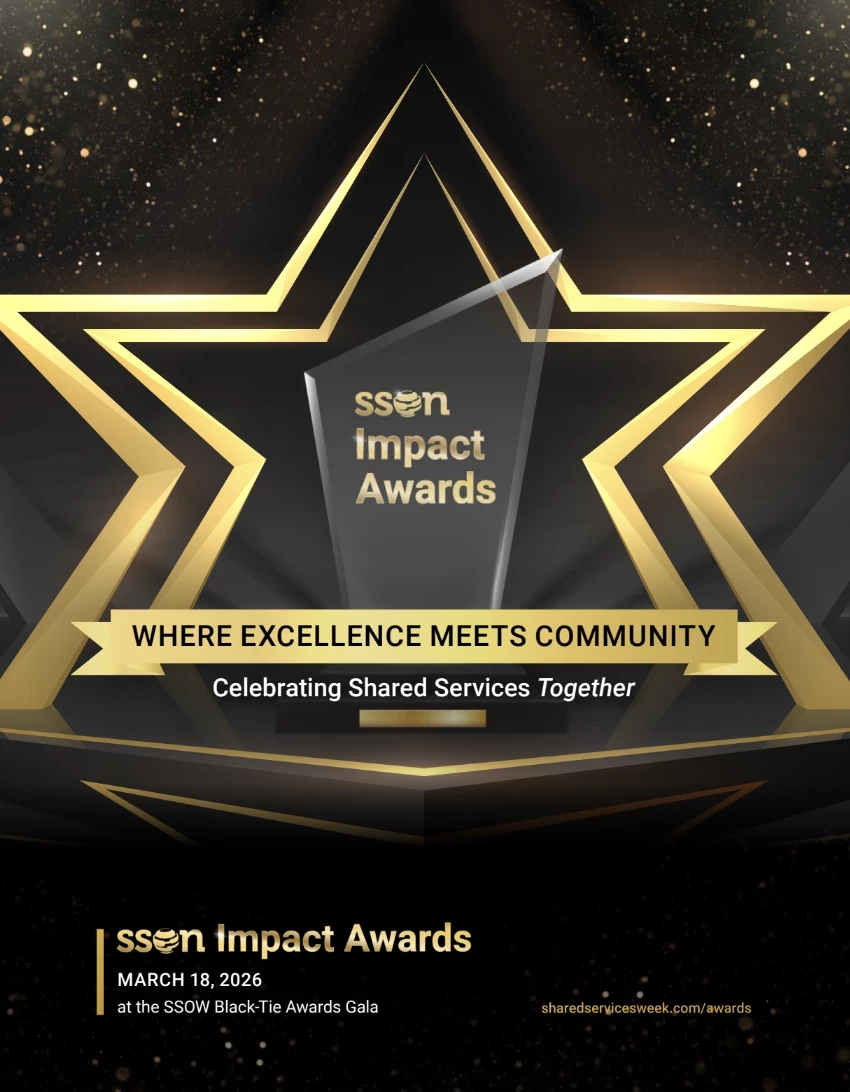
Hello SSON colleagues. I hope that the reason for the ‘postcards from the edge’ theme for this new blog becomes apparent as we go. I have spent 30 years working in Global Business Services (GBS) related roles – outsourcing, consulting, and building, managing, and improving operations, in organizations where the services are the business. I collect edgy experiences and techniques relating to this work. I want to share some of those with you here and learn about your own practices. The objective is to stretch the thinking of what is possible in our industry.
I am particularly inspired by my experiences over the last 11 years, where I have been part of an amazing leadership team, building a truly distinct GBS solution domain. This organization operated at the edge of common GBS practice in several ways:
- A front office scope, targeted at Pharma industry-specific processes, including sales, marketing, scientific, legal, compliance, and consulting
- An opt-in approach, so we had to be competitive with alternative external options
- A highly developed business model, where all services were designed by a specialist solution development team, and cross charges, based on service usage, funded the entire organization
- Several thousand delivery people, all graduates, many with advanced degrees, providing industry-specific knowledge work to all parts of the company
- High diversity, with 30 nationalities, a 45:55 female: male ratio, and relatively low turnover rates
- Center-based, with 96% of the team based in five strategic locations
- A fabulous culture and mindset to continually improve and share best practices across our organization and the enterprise – everyone had the appetite to make it better.
What we built became a market-leading capability and a reference for our industry. We were frequently asked to help our peers validate the ‘art-of-the-possible’. It often felt as if we were working at the edge of this possibility, sometimes looking over that edge and finding danger, ambiguity, confusion, failure and misunderstandings. However, there were also solutions releasing new value, energising ideas that could drive a shared services organization forward, and amazing people collaborating around a common purpose to better serve patients. I will reflect on this journey focusing at a technical GBS practice level, looking at what worked and what did not. I want to draw out insights that would have been helpful to me and my colleagues as we built various GBS organizations. I will not discuss anything confidential about the team, but rather talk about the techniques and experiences of leading in such a distinct environment.
Internal consulting solution
One of the possibilities that emerged was to build a strong internal consulting practice. I founded this team within the solution domain in 2016 and led it with an outstanding group of leaders based in our locations around the globe. We built the team from scratch, with skills and offerings that could rival external consulting companies for certain types of work. By 2022 we had about 400 people in the consulting family:
- 95% based in five service centers, with the balance in a few key markets
- Working in the highest priority programs in the company
- Talented and diverse, with 45% female team members, 27 nationalities, a steady flow of talent into other parts of the business, and a ‘21st Century’ management culture
- A $50M cost base, with external spending reduced by >$100M.
Pre-requisites for the consulting team
The first five years of work in our business solution domain was focused on establishing opt-in services in the commercial, scientific, legal and compliance scope of work, and scaling across business units. When it came to consulting, we moved more tentatively, wanting to build only if sustainable. We experimented and found a pull from the organization. Our pre-requisites for getting started were:
- The structure and success of the existing business services domain. The domain provided the wrapper: the rationale, business model, and talent processes needed for us to manage the team. It had a strong footprint in a network of centers, which allowed us to work internally at a competitive cost. As the domain was managed on an opt-in basis, our team knew how to build reusable services for adoption by other parts of the company.
- The solution development team. To build the domain, we had a specialist team which contained several ex-consultants. The team was being asked to manage business projects, which helped demonstrate demand and showed that we could manage an expanded project-based organization.
- Lean Six Sigma training. We had the accountability for training the wider organization in Lean Six Sigma practices. The small training team was asked to mentor and deliver projects for others. This further confirmed the latent demand.
Once we got going, a company-wide ban on external consulting was introduced, which was a prerequisite to scale. As it became increasingly difficult to hire external consultancies, demand for our support increased, and the ban provided the impetus for us to scale the consulting team beyond our initial projections.
Developing an internal team
We set out to build an internal consulting team that would be a highly skilled project-based workforce for the company. The benefits of being internal were:
- Efficiency – we could mobilize without the need for procurement processes and contracts, and provide work at a lower cost
- Focus – we could prioritize the workload of the team based on the company strategy, with business unit leaders having a say
- Productivity – we could know the specifics of the business, have the right equipment and be readily compatible with the company culture from Day 1 of any project
- Long-term – we could build deep and lasting relationships with key business leaders
Aligned motivation – as employees, we were fully vested in the success of the enterprise.
The team was built entrepreneurially but planned deliberately. We were acutely aware that should times get hard, a project-based team could be seen as dispensable, so we always focused on value to the company and sustainability as we developed.
We decided to launch a Management Consulting team in 2016. We started hiring with an initial intent to have 50 people in two locations, one-third in Europe and the remainder in India. We thought this would be the minimum sustainable size. Demand for work was strong, so we raised our target to 100 people.
In 2018 we added a Process Excellence team. A GBS transformation program was launched to optimize, simplify, lower costs, and improve services. We were asked us to establish a process excellence team to support. It was built as a sister organization to Management Consulting, borrowing practices and people, but with a different purpose. This grew to 60 people in the first year and a further 30 were added later. It is now a significant part of the process skills group within the broader consulting team.
Confidence in the team grew and we introduced a cap of 250 people in Management Consulting to allow us to meet demand. We wanted growth to be controlled, so we carefully planned the expansion, only taking work that was prioritized as strategic by the business units and functions. By 2021, we were turning away as many projects as we were accepting and 95% of our people were working on programs prioritized in business strategic plans.
We expanded our sites. We built an integrated US/Mexico team for the Americas and opened a second site in Europe, to increase access to experienced consultants with industry experience. We opened in Malaysia to support China and Japan, building very small in-country teams also.
In 2020, we built a specialist PMO team. This grew to 90 people over two years. The purpose was to further reduce spend on the mid-tier consulting companies and contractors, that typically delivered this work. To support this, we built a reusable PMO Hub, managed as a product, that provided standard processes and tools for the team.
Developing the consulting solutions
Our solution-based approach meant that each extension of the team was enabled through a solution development project that clarified new offerings, calculated the business case, planned the growth, and adjusted the staffing profile accordingly.

The most strategic work we did was to design operating models for business units and program manage major transformations. We tended not to get involved in work where specialist market knowledge was necessary, such as competitive therapeutic and brand knowledge, and benchmarking of competitors. Our model was to use external consultancies for that type of thinking and idea validation, we would then make the recommendations happen across the enterprise.
Next posts: Lessons learned
In subsequent blog posts, I will share lessons learned while building this consulting team in four categories:
A) The Culture
B) The Talent
C) The Work
D) The Processes.
I hope you enjoyed this first post and keep reading the blog. Please let me have any feedback or questions, or your own ideas of edgy practices that you want to share.
Tim Palmer, Basel, May 2023
tim.palmer.gbs@gmail.com


